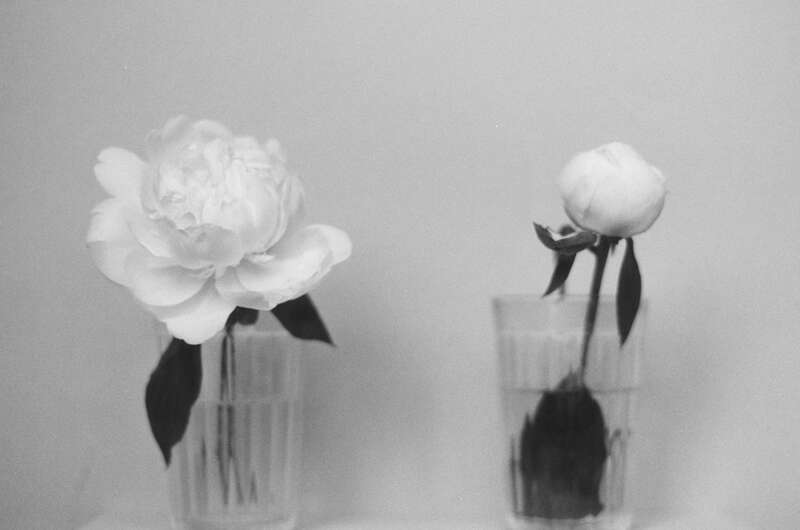
The book that I would like to highlight here is not just on my mind today. It has been constantly present in my life since it was published in 2021 by one of the most interesting publishers in Ukraine, ist publishing. I return to it regularly: as fragile and humble as it is, I Love You is more than a book. It is a meditation, an object of love and death in just a few flips of a page.
Katya Lesiv, an artist with whom I was grateful to collaborate on the exhibition Whispers and Shouts. Voices of Ukrainian Women Photographers at FOTODOK, works with little gestures of everyday life, motherhood, maturing, and loss. She uses artists’ books as a form that holds those little gestures, translates them into moving images in printed matter, and stretches their usually momentary timespan to eternity. Eating a cherry, sitting in a split, swinging on a playground — each act is a book.
I Love You belongs to Lesiv’s continuous catching of the existential in the flow of publications she produces. We see two peony flowers. The artist bought the first one by itself from an old woman at the market. A few days later, she bought the second one from the same woman. In the subtle black and white images, the flowers stand side by side, in two glasses. We see one gradually decaying, and the other just starting to unfold its petals. On one day, they are equally in bloom. And the next — they each go their path.
For me, the book is about the necessity of ending. In 2023, when I am writing this text, on the 541st day of the brutal invasion of Ukraine by Russia in the war that started more than nine years ago, the publication gets additional meanings. The two flowers, an even number, usually given to those who passed away, are there to commemorate the loss. I grieve with them. And I hope with them.
Note to the reader. This article is part of Trigger’s 2023 ‘Summer Read’ series. We invited writers, researchers, photographers and curators to share what is currently occupying their mind through one publication they have been (re)reading during summer. What matters to them is now being recast as a challenge for today. Highly personal entries to a diversity of publications (photobooks, studies, monography, essay, historical research) lead us – readers of these readers – to reorient our gaze on (the history of) images and photography.
